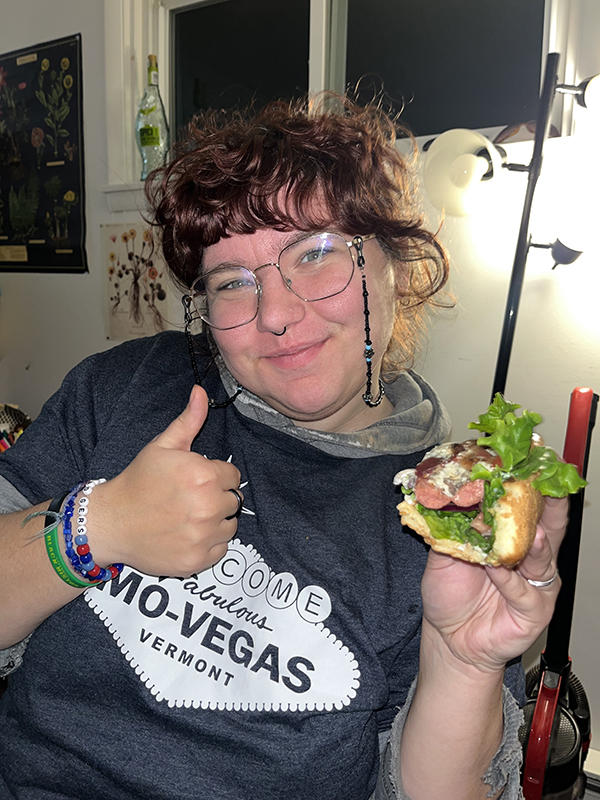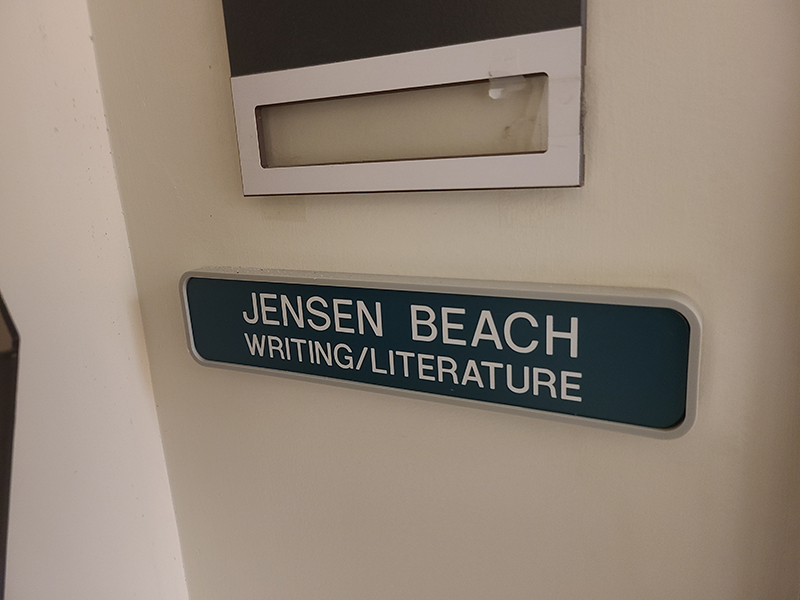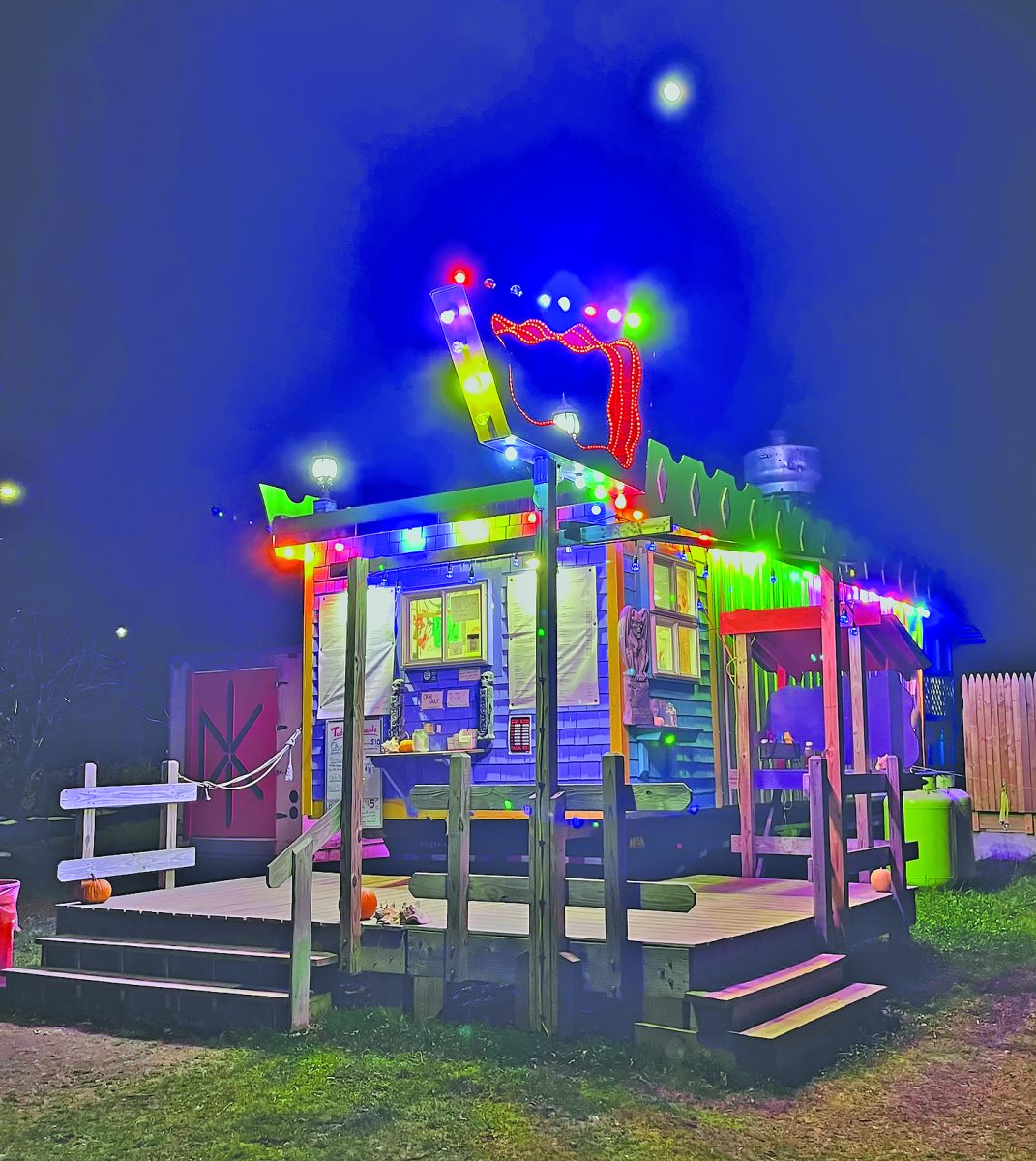Gustav Verderber knows the difference between a wood frog and a green frog.
“You hear a sound like a taut rubber band, that’s a green frog,” he said. “A wood frog sounds like a duck quacking.”
He also knows the difference between a snapshot and a well-taken photograph.
“You exhibit it,” he said. “You show it to people and you keep your mouth shut. And if it’s a well-taken photograph, it speaks for itself. It puts you there.”
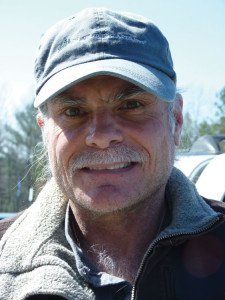
(photo by Mariah Howland)
Verderber will teach students about those differences in the fall, when he teaches his Natural History Photography course.
Verderber has “carved a little niche” for himself in Vermont as a master of the “2-for-1 special” – a nature journalist composing photo-text packages.
“Editors say to me, ‘Are you sure you can photograph and write?’” Verderber said.
A magazine might pay $1000 for a photograph, then $1000 for an article to accompany that photograph. Verderber offers both in one package for $1000.
“I want to get it across that it doesn’t take a Ph.D., or you don’t have to be Sheldon Cooper from ‘The Big Bang Theory,’ to make a living giving information to people,” he said.
Verderber’s course will emphasize three aspects of nature journalism: photography, natural history and writing.
“It isn’t just photography,” Verderber said. “It’s quite a bit of writing, too. Writing connects the dots, and pictures are the dots.”
The course will be divided between hour-and-15-minute lectures and three-hour labs.
“The lecture will cover three components,” Verderber explained. “Basic techniques of field and studio work. We’ll take the students to the Babcock Preserve.
“The minimum equipment students will need is a point ‘n’ shoot [camera] and a tripod.
“The latter half of the semester we’ll spend in the media room, learning about extracting images and image processing.
“We’ll also be discussing the writing portion.”
Verderber was going for his Ph. D. at the University of Vermont in the mid-Eighties when his grant was yanked, effectively ending his studies and leaving him with two choices: scour the United States for another advisor or find a way to survive in Vermont.
“I came from the rust belt of Ohio,” Verderber said. “There’s no country out there, just asphalt and railroads, and Lake Eerie across the road, which was crawling with pollution at the time. There was not a lot of wildlife where I grew up.
“I get to Vermont, and I’m surrounded by wild turkeys and amphibians. I really liked Vermont. I could either leave or take my Master’s, take my marbles and run. I thought, ‘I’m a smart guy. What could I do to support myself?’”
When Verdeber had worked on his Master’s Degree studying marine zoology in the Florida Keys, he would “hang out on the intertidal every day and see what I could find. Not bad. It was a good life. I’d go back to the cozy office, pour a cup of coffee and write about it.
“And I thought, ‘I’d like to do something like that.’”
So he drove to Photo Garden in Burlington, on Church Street, bought a Nikon FE2 camera and a couple of lenses, and went into the woods behind the hunting cabin he rented for $75/month to find out which frogs were making noise.
Verderber snapped shots of each frog species and went back to the cabin – no hot water, no electricity, but a “fabulous outhouse with a magnificent view.”
He sat at his manual typewriter and wrote an article, “Voices of Spring.”
“I wrote to set people straight,” he said. “To say, you know, ‘What you’re hearing, that ain’t no cricket!’”
“Voices of Spring” sold to Ohio’s Columbus Dispatch for $200, almost three months’ rent for Verderber – beginning his career as a nature journalist.
Shortly thereafter, Verderber heard something like coyote calls in the woods.
He asked the locals, “you know, ‘Do you have coyotes here?’ And they said, ‘No, those are coy-dogs!’”
Verderber read Charles Johnson’s book “Nature of Vermont,” in which he learned that when coyotes came to Vermont in the 1930s, they were a breed between the grey wolf and the western coyote.
He snapped a picture of one and wrote an article about it.
Starting out, Verderber’s mantra was: “Keep food in the belly, gas in the truck and film in the camera.”
Now Verderber has a website, Sojourns in Nature (sojournsinnature.com), featuring “nature photography, writing, prints, tours & workshops.”
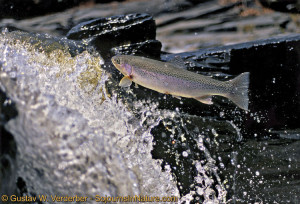
(photo by Gustav Verderber)
Verderber has had cover photos and feature articles for publications including Ranger Rick, Vermont Life, Vermont Magazine, the National Audubon Society Calendar, and Natural History.
He photographed Yellowstone National Park on assignment for Kodak in 2003. WCAX TV regularly features Verderber in their “Nature Notes” series.
Verderber said a successful photographer has to have “empathy with the subjects for the composition.”
“Some people have to shoot weddings,” Verderber said. “I only shoot things I have a passion for. I have to let myself do that.
“You have to find subjects that are handy and accessible, and do it in a way that takes it to another level. When I look at photos in magazines, I think, ‘Is there another way to do it? Closer? Better? Different light?’”
Verderber said he creates images “just unique enough to keep me in business.”
He also noted that he has never taken a college-level art class.
Verderber is an adjunct professor at JSC, and mainly teaches courses in biology and zoology.
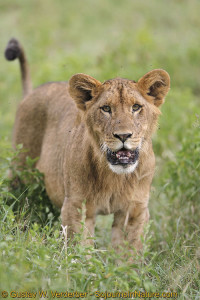
(photo by Gustav Verderber)
Environmental Sciences Professor Robert Genter said Verderber’s photography course is for one of the tracks in the new general education program that will begin in 2014.
ENV-2025-J01, Natural History Photography, will be Mondays and Wednesdays from 11:30 to 12:45, with a lab also on Wednesdays from 1 to 3 p.m. It’s a four-credit course.
Prerequisites are BIO-1210, -1211 or -1212.
For more examples of Verderber’s work, visit his website, Sojourns in Nature: www.sojournsinnature.com.


